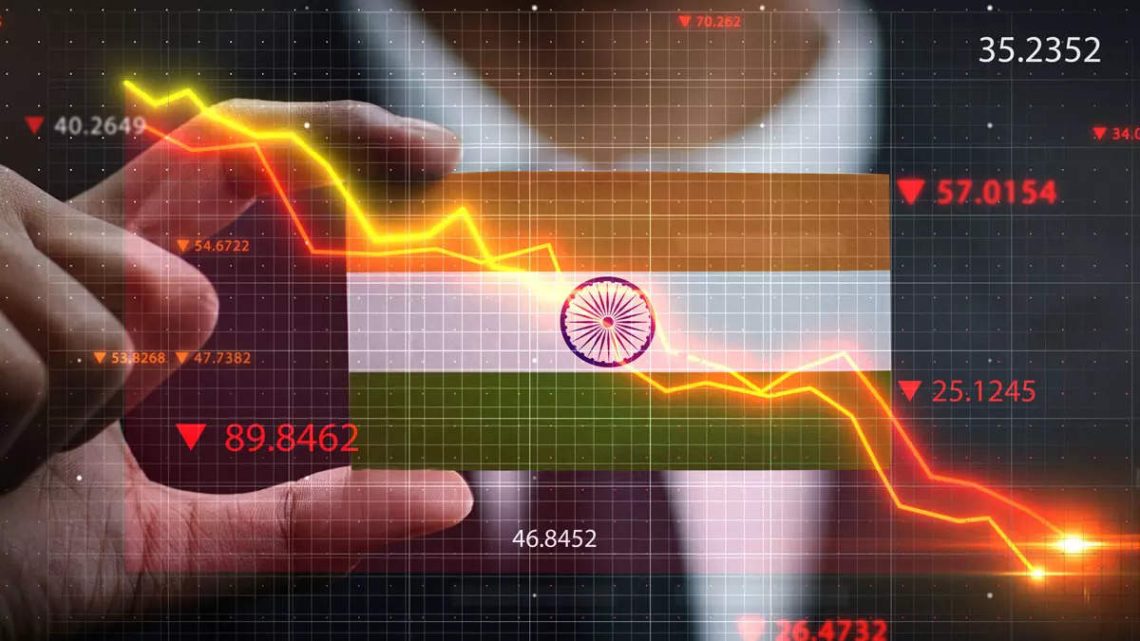
India’s Economic Bubble: Unveiling the Truth Behind Fabricated Growth Narratives
July 2, 2024The Modi-led BJP regime, in its efforts to attract FDI, has painted a fabricated image of its economic growth and development, which unbiased statistics and analytics have proven to be misleading concerning its economic and human development indicators. The Indian government’s portrayal of economic growth, argues that the official narrative obscures significant economic issues.
Indian authorities downplayed inconvenient macroeconomic facts to celebrate seemingly flattering headline figures ahead of hosting the G20 summit. However, in covering up the growing struggles faced by the vast majority of Indians, they played a cynical and dangerous game.
The Indian National Statistical Office’s latest report is a case in point. It shows that while income from production increased at an annual 7.8% rate in April-June, expenditure rose by only 1.4%.
When using a composite measure (average income and expenditure) similar to the US Bureau of Economic Analysis method, India’s growth rate drops from 7.8% to 4.5%.
India’s GDP growth was 3.5% in 2019 and has averaged the same since the COVID-19 pandemic, despite a temporary rebound in mid-2022. This contrasts sharply with the government’s more optimistic figures.
The Indian National Statistical Office (NSO) reported an annual GDP growth rate of 7.8% for the second quarter of the year. However, many experts questioned this figure due to a significant discrepancy between income and expenditure data.
The NSO treats income data as more reliable than expenditure data, which violates international best practices. Proper economic assessments should consider both income and expenditure.
Increased import content in domestic expenditure indicates growing inequality. Wealthy Indians are spending more on luxury goods abroad, while the majority struggle with basic necessities.
Indian economy is failing to create sufficient jobs, particularly those that offer a dignified standard of living. Most income growth is in sectors like finance, real estate, and public administration, which generate limited employment.
Manufacturing, a crucial sector for employment in developing economies, remains weak in India due to poor competitiveness in international markets and low domestic demand caused by high inequality.
Indian authorities have opted to dismiss inconvenient facts to present seemingly flattering images and headline figures ahead of the recently concluded general elections. However, they are playing a cynical and dangerous game. Manipulating national account statistics suggests a reluctance to acknowledge slowing growth, increasing inequalities, and challenging job prospects. This approach is not fair practice for international investment companies and multinational corporations (MNCs) seeking reliable economic data for informed decision-making.

